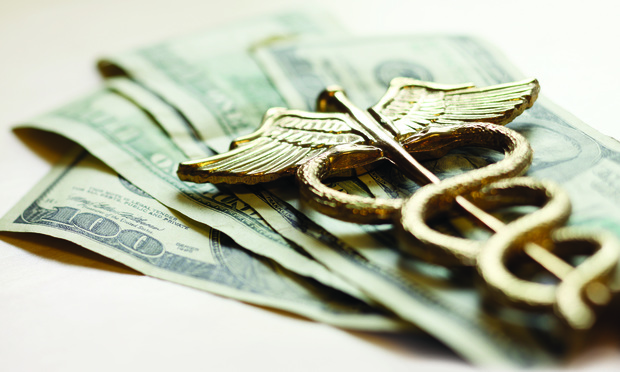In our previous article, we outlined steps companies can take now to protect themselves during later government investigations and enforcement actions related to COVID-19 relief funding. These steps include: leverage compliance resources, document the application/funding process, document how money is used, schedule an interim internal review, and respond to employee complaints. In this article we focus specifically on the health care industry and how companies can protect against inevitable government scrutiny after receiving COVID-19 relief funding.
The health care industry must be particularly vigilant about protecting against future enforcement risks because it is a highly regulated industry facing an enforcement perfect storm—fast cash, poor guidance and retrospective review. Congress allocated $175 billion to the U.S. Department of Health and Human Services (HHS) through the Coronavirus Aid, Relief and Economic Security Act Provider Relief Fund (Relief Fund). To support an industry hurt by COVID-19-related patient surges, stay-at-home driven closures and elective procedure treatment delays, HHS adopted a strategy to release relief funds quickly and perform reconciliation on the back end. As a result, HHS released what it touted as “no strings attached” relief funds through a series of general and targeted allocations each with a list of somewhat vague terms and conditions. The only other guidance available were application instructions, where applicable, and a continuously evolving set of frequently asked questions.










